The world have seen rulers come and go and It’s often been said, “Heavy is the head who wears the crown.” Nonetheles, throughout the course of history, some leaders have managed to defy longevity and stay in power.
Please note the following list attempts to present a verifiable account of rulers whose reigns not only rival the lifespan of an elephant but represent clearly defined borders and rule as a singular entity. As a result, power-sharing, microscopic medieval fiefdoms, and head honchos from ancient civilizations or religious mythologies are disqualified. Sorry. Rules are rules.
10. Hirohito: 62 years, 13 days (Japan)
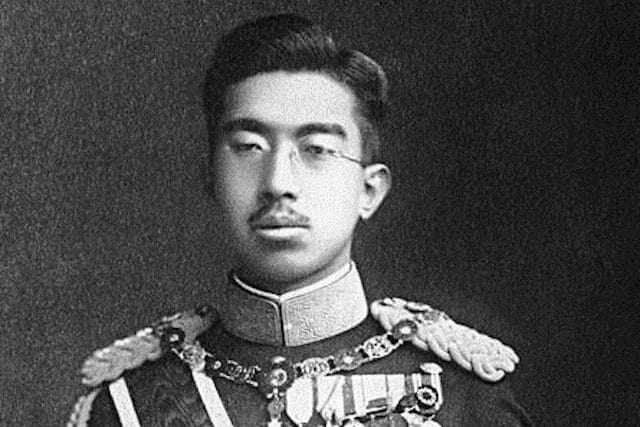
The reign of Emperor Hirohito technically began in 1925 and lasted 63 years. However, he probably deserves extra credit for having served five years as Regent of Japan for his ailing father, Emperor Taish?. This interim period also foreshadowed Hirohito’s turbulent rule and the growth of his country’s military might. Ironically, his ascension to the throne was designated as the Showa era, meaning “Enlightened Peace.”
Born in Tokyo on April 29, 1901, Hirohito would become the longest-reigning (and longest-living) monarch in Japan’s history. Although empowered with complete authority, he typically stayed clear of politics and allowed his generals to dictate an increasingly aggressive, foreign policy. But it would be his name, above all other Japanese officials, that is best known for bridging an alliance with Nazi Germany and Fascist Italy in World War II to join the Axis Powers. The decision proved disastrous.
In the wake of Japan’s surrender to Allied Forces in August of 1945, Hirohito was allowed to stay office as a figurehead. His exalted presence would allow Japan to recover as a nation and emerge as one of the richest countries in the world and manufacture the car that most likely now sits in your driveway. It’s also worth noting that most military historians and aviation experts consider the Mitsubishi Zero to have been the most capable carrier-based fighter of World War II, combining adroit maneuverability and long-range, fuel efficiency. Just something to think about the next time when you’re darting through traffic like a kamikaze while late for work.
9. James I: 62 years, 319 days (Aragon)

James I of Aragon differs from all other entries on this list as a leader who also reigned supreme on the battlefield. While under the watchful eye of the Knights Templar, James began his warrior training at the age of six, following the death of his father, King Peter II.
Known as ‘The Conqueror,” the Iberian monarch would add the Balearic Islands and the vital port of Valencia to his realm during the Aragonese Crusades against Muslim forces. He later penned Libra dels Fets (“Book of Deeds”), the first known autobiography by a Christian king. Although essentially a narrative detailing his military conquests, the extremely pious James did credit God for helping him annihilate as many infidels as possible in Spanish territory.
The handsome victor also conquered scores of female hearts as a “hombre de fembres” (“Lady’s Man”) in spite of his dearly held Catholic values as a married man. One particularly sordid affair involved James accusing his wife, Teresa Gil de Vidaure, of being a leper so that he could annul the marriage and marry his mistress, who was also his cousin! Not surprisingly, even the Pope couldn’t help him with that Hail Mary.
8. Victoria I: 63 years, 216 day (United Kingdom of Great Britain and Ireland, Empress of India)
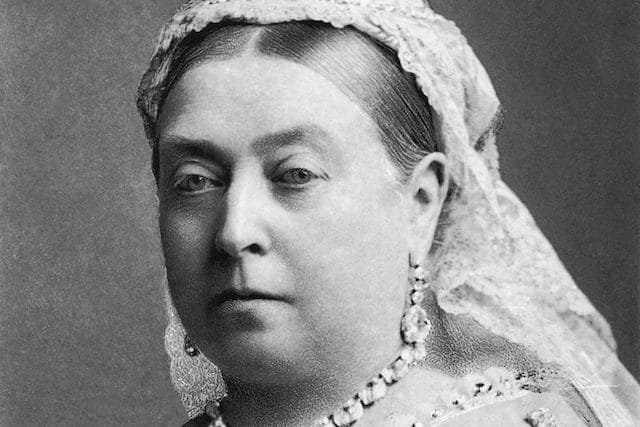
Queen Victoria easily ranks as one of Britain’s most well-known and important historical figures, whose far-reaching impact is simply beyond measure. During her 63 years as Queen, the Victorian erasaw rapid advancements in technology, medicine, and science. Furthermore, she would eventually preside over the biggest empire in history — roughly half the known world.
Alexandrina Victoria was born on May 24, 1819 at Kensington Palace to an English father, Edward, Duke of Kent, and a German mother, Princess Maria Louisa Victoria of Saxe-Coburg-Saalfald. In 1837 at the age of 18, she became Queen Victoria and three years later married her first cousin Albert of Saxe-Coburg-Gotha. Their brief but passionate marriage helped preserve a long-standing practice of mixing royal blood, thus strengthening European allegiances while attempting to create a regal-looking lineage. Let’s just say results were mixed.
The power couple produced nine children and a whopping 42 grandchildren. As a result, the large brood also married in royal families, giving Victoria the well-earned nickname, “Grandmother of Europe.” Alternatively, she’s been called “The Famine Queen” for egregious neglect of Ireland under her watch in the mid 19th century.
7. Ferdinand I: 65 years, 90 days (Sicily… well, sorta)
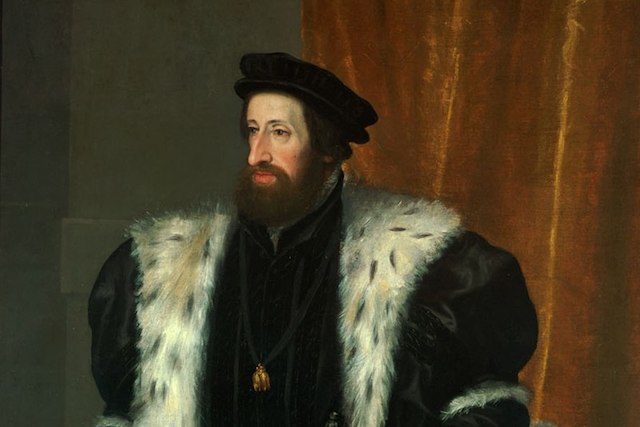
Of all the hopelessly complicated and absurd monarchial mayhem that defined Europe in the 18th century, Ferdinand I was in a league of his own. He inherited the separate Kingdoms of Naples and Sicily when his father, Charles III ascended to the Spanish throne which required him to abdicate his titles in Spanish-ruled southern Italy, making his eight-year-old son the King of the Two Sicilies. Huh? Hold on — it gets even more ridiculous. The Sicilian also styled as Ferdinand III, Ferdinand IV during a king-sized span that lasted for over 65 years and involved a colorful cast of characters, including Napoleon, Lord Nelson and a guy named Bernie (more on that later).
Ferdinand officially began his reign in 1759, but while waiting for puberty to kick in, governmental duties were placed in the hands of a conniving statesman named Bernardo Tanucci. The ambitious Tuscan, who fancied himself as an enlightened man-who-should-be-king, willfully neglected his young charge and instead encouraged him to embrace the folly of youth with reckless abandon. Suffice to say, weekends at Bernie’s must’ve been CRAZEE.
Ferdinand later married Archduchess Maria Carolina, the older sister of the doomed French queen, Marie Antoinette, and daughter of the uber-powerful Holy Roman Empress, Maria Theresa. After consummating his loveless, arranged royal union, the newlywed allegedly declared, “She sleeps like the dead and sweats like a pig.” Way to keep it classy, Ferdi.
Carolina, like Tannucci, had her power-hungry agenda, and took charge of her feckless husbands’ dominions despite constant warring, changing borders and good ol’ fashioned back-stabbing. In the end, however, Ferdinand outlived most of his rivals, and upon his death in 1825, handed off the troubled empire to his son, Francis I.
6. Elizabeth II: 67 years and counting (United Kingdom of Great Britain and other Commonwealth realms and territories)
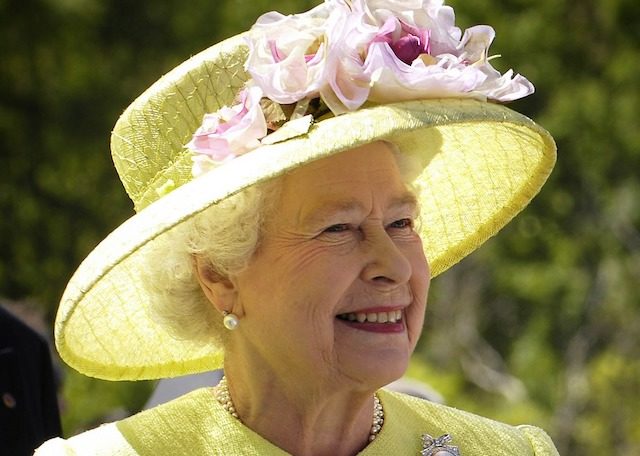
Queen Elizabeth II ascended to the British throne in 1952 following the death of her father, George VI. She is currently the longest-reigning monarch in the world and despite her advanced age of 93, the beloved monarch is still going strong.
Elizabeth was born in London on April 21, 1926. She became heir presumptive in 1936 and later served in the Auxiliary Territorial Service during WWII. In 1947, she married Prince Philip, Duke of Edinburgh, with whom she has four children: Charles, Prince of Wales; Anne, Princess Royal; Prince Andrew, Duke of York; and Prince Edward, Earl of Wessex.
In 2017, she became the first British monarch to reach the Sapphire Jubilee milestone of 65 years. Additionally, she is the world’s longest-serving female head of state in history. During this time, she has weathered several royal scandals, including the alleged multiple sexual exploits of her sister, Princess Margaret, and the highly sensationalized death of her former daughter-in-law Diana, Princess of Wales.
5. Franz Joseph I: 67 years, 355 days (Austrian Empire)
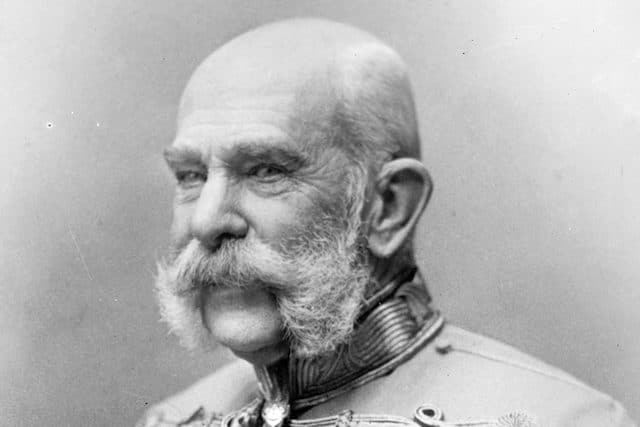
As we mentioned, the weight of the crown can be a burdensome curse. To wit: Franz Joseph, who in the span of nearly 68 years endured several assassination attempts, the murder of his wife, the suicide of his son, the execution of his brother, and the assassination of his nephew Franz Ferdinand — an event that would ultimately spark World War I.
Franz Josef was an old school member of the House of Hapsburg, who became Emperor of Austria in 1848. He also held a slew of other royal titles within the Austro-Hungarian Empire, including service as the Grand Prince of Transylvania — an appointment that undoubtedly made him a revered Goth icon.
Despite witnessing the decay of the Hapsburg dynasty and experiencing innumerable personal losses, he enjoyed widespread popularity throughout his kingdom before dying of natural causes in 1916.
4. Johann II: 70 years, 91 days (Liechtenstein)
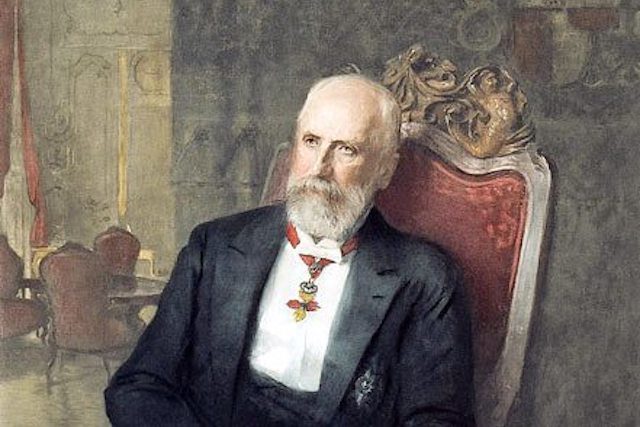
The tiny, landlocked principality of Liechtenstein can be challenging to find on most maps. At 62 square miles, the German-speaking, alpine European nation is roughly a third the size of Albuquerque, New Mexico. However, Liechtenstein boasts one of the highest GDP rates per person in the world — and owes much of its success to a man simply known as Johann der Gute (“John the Good”).
Johann II took charge in 1858 after turning 18. Six years later, he oversaw Liechtenstein’s first constitution, and later further solidified its autonomy by withdrawing from the powerful German Confederation. In another bold move, Johann abolished the country’s army and instead focused on building a strong financial sector that would emerge as a renowned tax haven.
During his long tenure, he generously supported the arts and sciences, but wasn’t exactly a people person and avoided social events and public appearances. Unlike other royals who took advantage of their elevated standing, the prince never married or sired any regal offspring, and ruled until his death at the age of 88 in 1929.
3. Bhumibol Adulyadej: 70 Years, 126 days (Thailand)
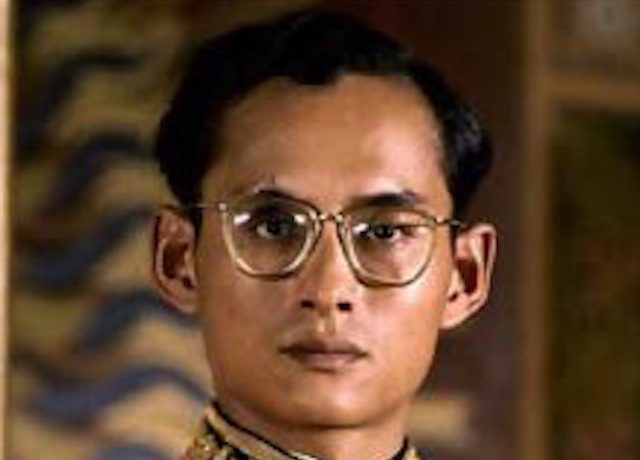
Serving as King for seven decades not only illustrates a steady work history but is usually the most impressive achievement on a person’s resume. Not for Bhumibol Adulyadej (pronounced just as it looks: poo-mee-pon ah-dun-yaa-det). In addition to his well-worn crown, Thailand’s longest-serving ruler and the ninth Rama of the Chakri Dynasty, led a truly remarkable life as an accomplished musician, painter, sailor, author, and inventor. He also managed to quell numerous domestic uprisings as well as deftly avoid conflicts in neighboring war-torn Southeast Asia. In short, the man stayed busy.
As the youngest son of Harvard-educated Prince Mahidol, Bhumibol was born in Cambridge, Massachusetts on December 5, 1927 (and the only monarch ever born on U.S. soil). He became ruler in 1946 after his brother, King Rama VIII, died of a gunshot wound in mysterious circumstances.
For the next 70 years, Bhumibol stayed on the job and earned a reputation characterized as both Machiavellian and Buddha-esque — and in his spare time famously jammed with jazz legends Benny Goodman, Stan Getz, and Lionel Hampton. Top that, Daddy-O.
2. Louis XIV: 72 Years, 110 days (France)
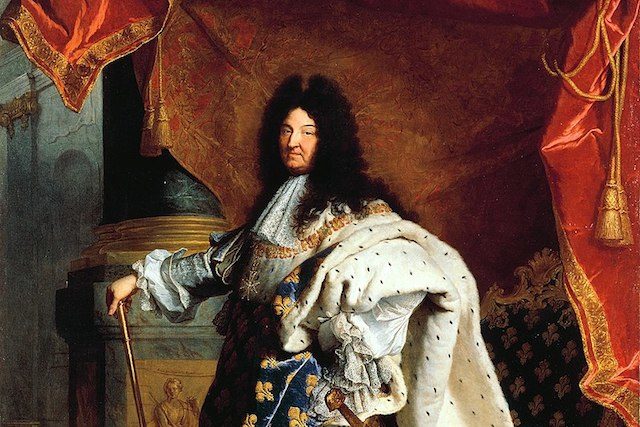
For any aspiring monarch wanting to leave his or her mark on the world, King Louis XIVwould be a damn good role model. His impressive, decadence-dripping, 72-year reign defined absolute power and established France as both an economic and military world power. Furthermore, the “Le Roi Soleil” (“The Sun King”), dressed like a rock star, built the ultimate crib at Versailles and compiled a massive fortune, setting the standard by which all other crowned heads are measured.
Hailing from the House of Bourbon (once again, tres rock star), Louis XIV ascended to the throne via the time honored custom of the divine right of kings — a system that actually worked quite well back in the day. Among his many accomplishments and vast patronage to the arts, his greatest achievement involved the absolute empowerment of a single entity: himself.
True to his impressive sobriquet, all facets of French life revolved around the King. His heavy-handed governance allowed him to maintain control through an unquestioned code that kept competing figureheads in the church, aristocracy, and military all at bay. Whether apocryphal or not, his well-known quote “L’état, c’est moi” (”I am the state”) was a drop- the-mic decree for the ages. Or to put it another way, if the gilded, sequined shoe fits, wear it.
1. Sobhuza II: 82 Years, 254 days (Swaziland)
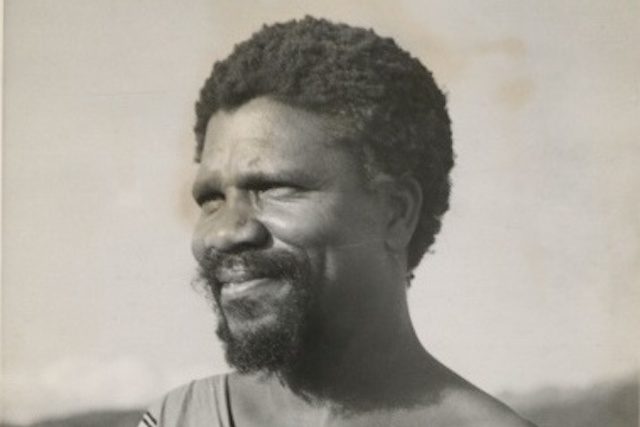
While most octogenarians are fortunate to have merely lived this long, King Sobhuza II spent nearly his entire eight decades sitting firmly on the throne. At a staggering 82 years, his reign makes him the longest-ruling monarch ever. Congratulations, noble majesty.
Sobhuza was born on July 22, 1899, in southern Africa. He inherited the crown at the tender age of 4 months old after his father, King Ngwane V, died while performing a celebratory dancing ritual called the Incwala (Caution: do NOT try this at home). Afterward, according to a New York Times report, “a tribal council headed by his father’s favorite wife chose the young Sobhuza as his successor from among a host of other sons.”
The African King spent his childhood studying abroad in England, receiving a formal education before retiring home. Although Swaziland (now eSwatini) remained under British rule before gaining its independence in 1968, Sobhuza ruled as the de facto leader of his people and helped usher in a post-colonial era of prosperity. Also, for the record, he had a total 70 wives and fathered 210 children. Hail to the King.
Did this article interest you? Please leave a comment below!


No comments:
Post a Comment